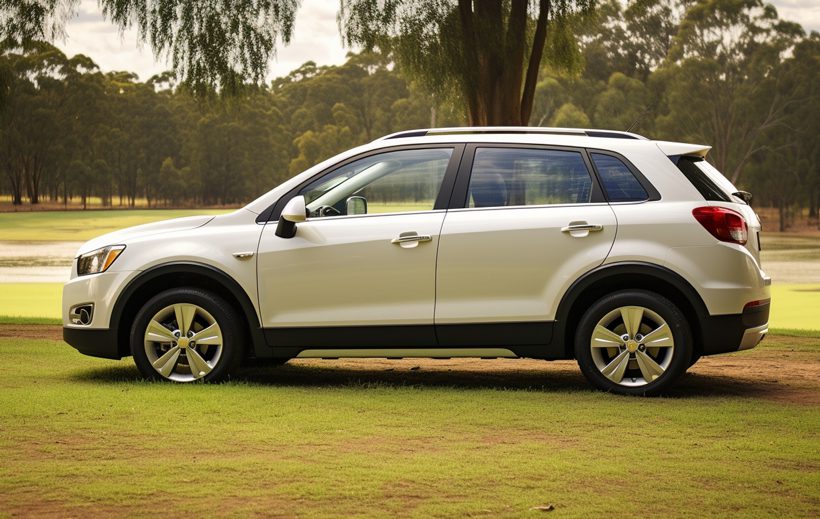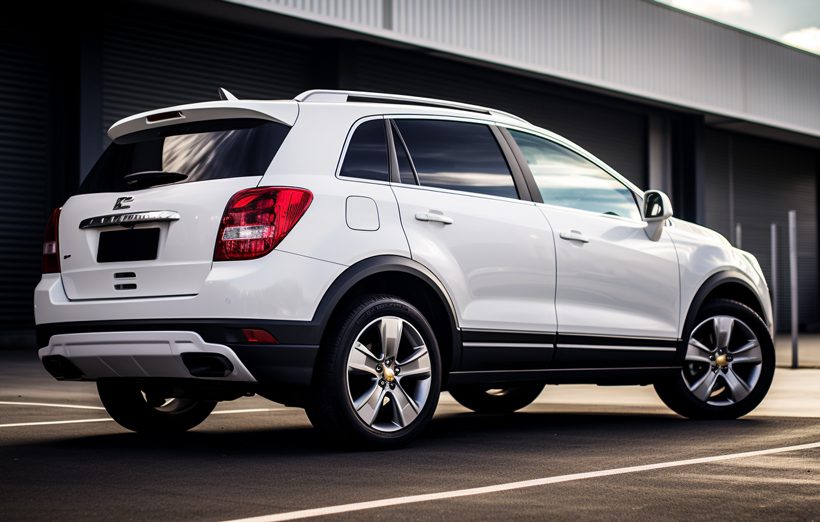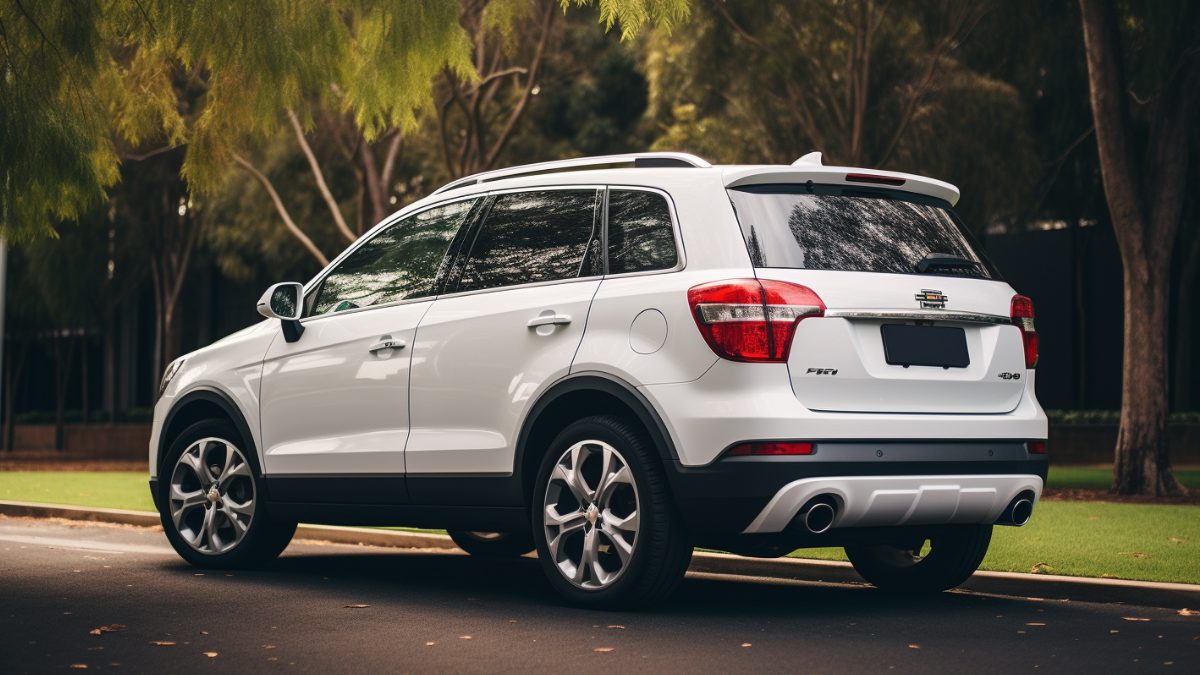Brake Lights Not Working But Third Light Is: Here Are The Causes And Fixes
Even if the third and brake lights are connected via the same system, one of them may not function. And the brake light has the most instances of malfunctioning on record.
So what are the reasons behind brake lights not working but third light is? The reasons behind this are
- Dead bulbs
- Wiring issues
- Burned fuse
- A malfunctioning ECM and brake light switch
Nevertheless, most of the problems can be fixed by replacing certain parts and the wirings.
Well, this information may seem excessively vague at first as it’s not possible to cover all the causes and solutions in one paragraph. To fix the issue, you need to go in-depth with us. So, without any further ado, let’s get started.
Table: Causes And Fixes For Brake Lights Not Working But Third Light Is

Here’s a table that summarizes the reasons and fixes for brake lights not working but third light is.
| Reasons | Fix |
|---|---|
| Dead Bulbs | Replace the light bulbs |
| Wiring Issue | Locate the loose and faulty wires and tighten or replace them according to it |
| Burned Fuse | Replace the burned fuse with a new one |
| Malfunctioning ECM | Use the OBD-II scanner to figure out the codes and interpret the meaning to solve the underlying issues |
| Malfunctioning Brake Light Switch | Replace the brake light switch |
In-Depth: Brake Lights Not Working But Third Light Is
Now that you know the causes and fixes, in short, we can go into detail about it. So here are the most common reasons behind a faulty brake light whereas the third light is working;

Dead Bulbs
It is quite obvious that dead bulbs aren’t able to illuminate lights. Even though all the brake lights getting burned out isn’t that common, there are reports of it happening. It mostly happens when there is an electrical problem in the vehicle, overload on the bulbs, or voltage spikes.
Fix
Well, the solution is quite simple here.
- Start by visually inspecting the bulbs.
- Carefully remove each bulb from its socket and look for any dark or blackened appearance.
- If found, the bulbs are damaged and need to be replaced.
- Simply attach the new bulbs to the socket where the old bulbs used to be. Make sure they are of the same type and have the same wattage rating.
Wiring Issue
There is a chance that the wiring that distributes the electricity to your brake lights is faulty. Even though the third light and the brake lights are connected to the same electrical connection, they are typically wired in parallel.
That means the connection till the parallel connection is fine and the wires that go to the brake lights after are to be worried about. As a result, the brake lights don’t have electricity to function.

Fix
This problem mostly occurs due to the wires or connectors becoming loose or damaged.
- So, to fix this issue, you need to inspect every wiring and connector that connects to the brake lights.
- If the wirings are loose, tighten them.
- Whereas for damaged wires, you can check with the multimeter. The multimeter will confirm whether the wires are damaged or not. Once confirmed, replace the damaged ones.
Burned Fuse
The fuse is essential for the brake lights to receive just the right quantity of electricity and not receive too much. However, when there’s an excess amount of electricity, the fuse blows itself to stop the current flow in the brake lights. This might be a reason why the brake lights are not working.
Fix
- To fix the issue, you need to find the fuse box first. The location of the fuse box varies significantly depending on the vehicle and its type.
- You should check the vehicle’s manual to find the box. However, some common locations would be;
- Under the dashboard
- In the engine compartment
- In the trunk
- Once you have located the fuse box, look for a fuse that is labeled “BRAKE”, “STOP” or “STP LAMP”.
- Now, inspect visually by searching for any damage, such as a broken filament or a blackened appearance. You can use a multimeter to check the fuse’s continuity if there are no obvious indicators of damage by switching the multimeter to the resistance mode.
- Later, connect the fuse to the multimeter and check whether it’s working or not. If not, you need to replace the fuse.
Malfunctioning ECM
The brake lights are typically controlled by an electronic control module (ECM) in certain types of vehicles. These types of vehicles include;
- Electric Vehicles
- Hybrid Vehicles
- Advanced Luxury Vehicles
So whether the brake lights are controlled by the ECM or not on your vehicles is your responsibility to find. We can’t list every vehicle’s name here, so it’s best if you can check the vehicle’s manual.
If you still need to, you can skip this section. Whereas if the ECM controls it, you need to look at it. It’s because a problem with the ECM or its associated components can cause issues with the brake lights.

Fix
The ECM is quite a complicated thing and needs the experience to handle it.
- However, to check whether everything in the ECM is working fine, you need to use the OBD-II scanner. The ECM is typically located under the dashboard on the driver’s side, although its exact placement can vary depending on the model of the vehicle.
- Once located, connect the ECM with the OBD-II and wait for it to establish communication with the ECM.
- Later, see the option to scan for issue codes by navigating the scanner’s menu. You will come across error codes if the ECM has issues.
- To understand what those codes mean, refer to the scanner’s manual.
- Lastly, diagnose the issues and your brake lights should be working now.
You can look at this video to visually understand how to use the OBD-II scanner;
Malfunctioning Brake Light Switch
The brake light is the most crucial thing that is responsible for lighting up the brake lights. When you press the brake pedal, the brake switch is engaged, making the circuit complete and illuminating the brake lights.
Thus, anything wrong with it would certainly lead to the lights not working.

Fix
- Locate the brake light switch near the top of the brake pedal arm, under the dashboard.
- Now, to be safe, the brake light switch’s electrical connector should be unplugged. Typically, you can do this by pushing the connector’s sides or pressing on a release tab.
- Later on, remove the old brake light switch and replace it with a new one while making sure it is properly aligned.
- Lastly, reconnect the electrical connector just the way you unplugged it.
FAQs
Let’s check out some commonly asked questions regarding this topic.
No. ABS and brake lights are separate systems within a vehicle and operate independently of each other. Therefore, the ABS wouldn’t interfere with the brake lights as they do not directly influence the operation of the brake lights.
As long as the problem stays between dead bulbs, a brake light switch, and a burned fuse, you shouldn’t contact a professional. The replacement process is quite easy. However, for ECM and wiring issues, you need expertise. If you don’t have much, seeking a professional is the right way.
Yes, a faulty battery will not be able to provide the power needed for the lights to illuminate due to low voltage. However, this is not the case if the third light is illuminating. A faulty battery will cause a lot of trouble throughout the vehicle and brake lights along with the third light are two of those problems.
Conclusion
To conclude, there are 5 reasons behind brake lights not working but third light is. The easiest ones to fix are dead bulbs, a faulty brake light switch, or a burned fuse. It only takes replacing those parts and you are good to go.
On the other hand, the wiring issue and the ECM are way more complicated than you think. You need to spot the faulty wires and connectors, which can be time-consuming. Similarly, fixing the ECM requires using different tools, such as the OBD-II.

